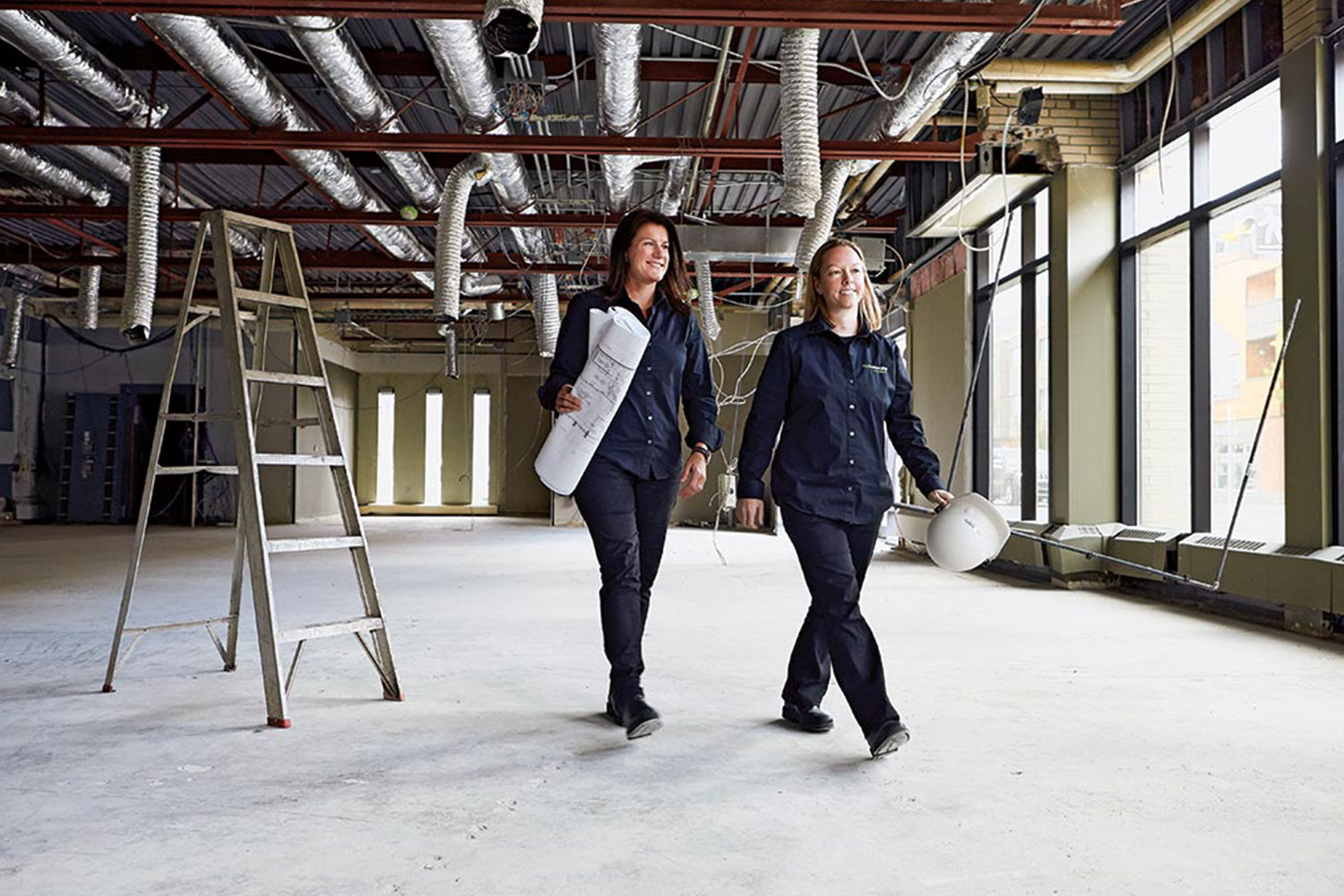How to Set Up a Solid Succession Plan
Marissa Freed will be the first to tell you that there was no plan for who would take over her family’s business, Winnipeg-based apparel manufacturer Freed & Freed. Neither she nor her brothers were primed to inherit the company founded by her great-grandfather in 1920. In fact, Freed spent her 20s working in marketing, events and advertising—although she always had an interest in fashion. In 2009, her dad was getting ready to downsize the business, and Freed, not ready to let her family legacy go, asked if she could take over. Her father agreed but made it clear it was up to her to sink or swim.
What followed was a transition marked by ambiguity, struggle and family heartache. Freed says the lack of succession planning meant staff didn’t trust her at first. Long-standing employees—many of them “old school” men—left when they had to start taking orders from her.
Freed began to rebuild the brand and found success with new apparel lines. But things became contentious when her siblings, who had previously shown little interest, wanted to have input. “This is when we started to resemble the TV show Succession,” she says.
According to a 2021 PWC survey, only 34 per cent of Canadian family businesses have a “robust, documented and communicated succession plan.” It’s a problem that Anna Plut, a business adviser at BlueShore Financial, sees play out all the time. Plut advises clients to hand over the reins gradually and slowly start working less. This lessens the “shock” of succession, both for the person giving up control and the one taking over. “You can write a succession plan out in a month,” she says, “but the actual implementation of it can take years.”
If children are going to take over, she recommends getting them involved early. A parent might structure the company so that kids get a little bit more ownership as time progresses; Plut has seen situations where a 19-year-old owns just one per cent to start and five years later has 25 per cent of the business. Freed is now putting plans in place should her three children, still young, decide to take over. She says succession planning will be based on open communication, teaching the kids to support each other and ensuring they really understand the business—especially the financial side.
Freed also knows to put things in writing, starting with her will, which clearly lays out how assets will be dispersed among her children. “I’ll help them as much as I can,” says Freed. “My father handled it the way he was taught by his father, but it’s a very different world today.”










